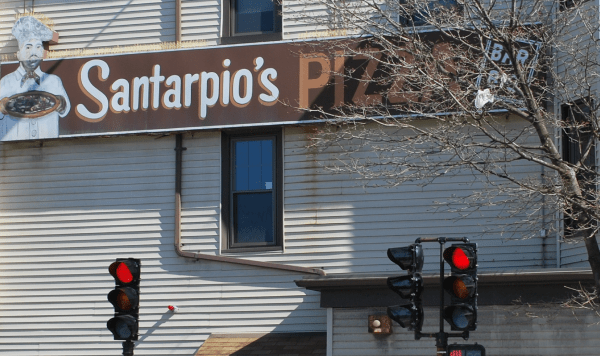Sober-Living Homes Transitional Housing & Halfway Houses
In general, sober living houses tend to offer more privacy and comfort than halfway houses. People recovering from addiction needs a stepping stone from the inpatient care within our program to their new life. This is where transitional housing, also called sober homes, 3/4 homes or halfway houses, comes into play. There are a few differences, but in general, they provide a safe place for an individual to live and readjust to life outside a treatment center. Some are on the campus where drug and alcohol addiction treatment is provided, and others are independent homes, apartments or condos.
How Yoga for Addiction Recovery Works

Sober living homes vary in cost from inexpensive ($100-$300/month) to expensive (over $2,000/month), but many are in the range of $400 to $800 per month depending on where you live. You should expect to spend around the same amount of money you’d spend on rent for a modest apartment. We’ll be able to tell you if your insurance provider https://thefloridadigest.com/top-5-advantages-of-staying-in-a-sober-living-house/ is in network with an American Addiction Centers treatment facility. They can be for those dealing with homelessness, former prisoners on parole, or those suffering from psychiatric issues. Halfway houses likely have a limit to how long you can stay there and while some sober-living houses have this as well, not all of them do.
- Some halfway houses require residents to pass a drug screening and/or breathalyzer test, as they’re not equipped to deal with withdrawal symptoms or delirium tremens.
- Lastly, halfway houses are often owned or sponsored by the state, while most sober-living houses are owned privately or by treatment facilities that want to provide continuing support for their patients.
- In a Facebook video, a resident described “6 to 8 people” leaving Hope Village daily in an ambulance.
- Informed by her personal journey to recovery and support of loved ones in sobriety, Jessica’s empathetic and authentic approach resonates deeply with the Addiction Help community.
- Some people find it difficult to return home after rehab or prison time, especially those who live in a triggering environment or lack a strong support structure at home.
- Halfway houses are government-funded and serve as transitional housing for those who have finished their drug and alcohol treatment programs.
How Much Does Sober Living Cost?

And any co-occurring mental illnesses they may have should be actively managed by a psychiatrist and psychotherapist. Other admissions requirements might be that prospective residents agree to attend a certain number of 12-step meetings every week, regularly attend work or school, and consistently do in household chores. Since sober living typically follows addiction treatment, getting a referral from the treatment provider is recommended. Sober House Other referral sources may include the criminal justice system, a mental health professional, Twelve Step meeting participants, or friends and family. Whatever the source of the referral, take a tour of the facility and talk to the people living there to decide if it’s the right fit for you. Co-occurring disorder treatment houses are residential programs that provide treatment for substance use disorders and mental health conditions.
How Music Therapy Works in Substance Abuse Treatment

In contrast to rehabilitation facilities, halfway houses offer residents structure and support but do not provide ongoing substance abuse treatment. Instead, these facilities refer residents to contracted treatment providers. Halfway houses offer a safe and drug-free environment for individuals in recovery to maintain sobriety. While residing here, residents receive extra treatment services, such as attending support groups and learning essential life skills to prepare for their future.
What is the Professional Term for Halfway House?
Even basic statistics, such as the number of halfway houses in the country or the number of people living in them, are difficult to impossible to find. Based on your violation of the rules, for instance, you might have to make amends to other residents, write essays about your harmful actions, or pay fines. If the violation is serious – such as continuing to abuse drugs and alcohol even after being warned repeatedly – you may be forced to leave the facility. Services and resources vary depending on the level of care provided by the recovery residence.
Residents must pay rent on time, but they do not have to pay first and last month’s rent. The rules of halfway houses ensure that the atmosphere is conducive to recovery. There are rules about how to speak and behave, who can visit and when, and other guidelines that create a recovery-oriented environment. People often use the terms halfway house and sober living home interchangeably, but they are separate types of facilities. Federally contracted halfway houses are called Residential Reentry Centers (RRCs).
What Is the Average Length of Stay at a Halfway House?
- Halfway houses designed for people in early stages of recovery provide more resources and structurethanthree-quarter houses, which are sober living homes for people who have a longer history of sobriety.
- But when considering some of the services offered, make sure they’re services that help support your sobriety.
- It shouldn’t take exhaustive investigative reporting to unearth the real number of COVID-19 cases in a halfway house.
- Living in a halfway house is generally cheaper than living in a residential rehab because the staff provides fewer services.
- It can be difficult for people in recovery to get the social interaction they need.

